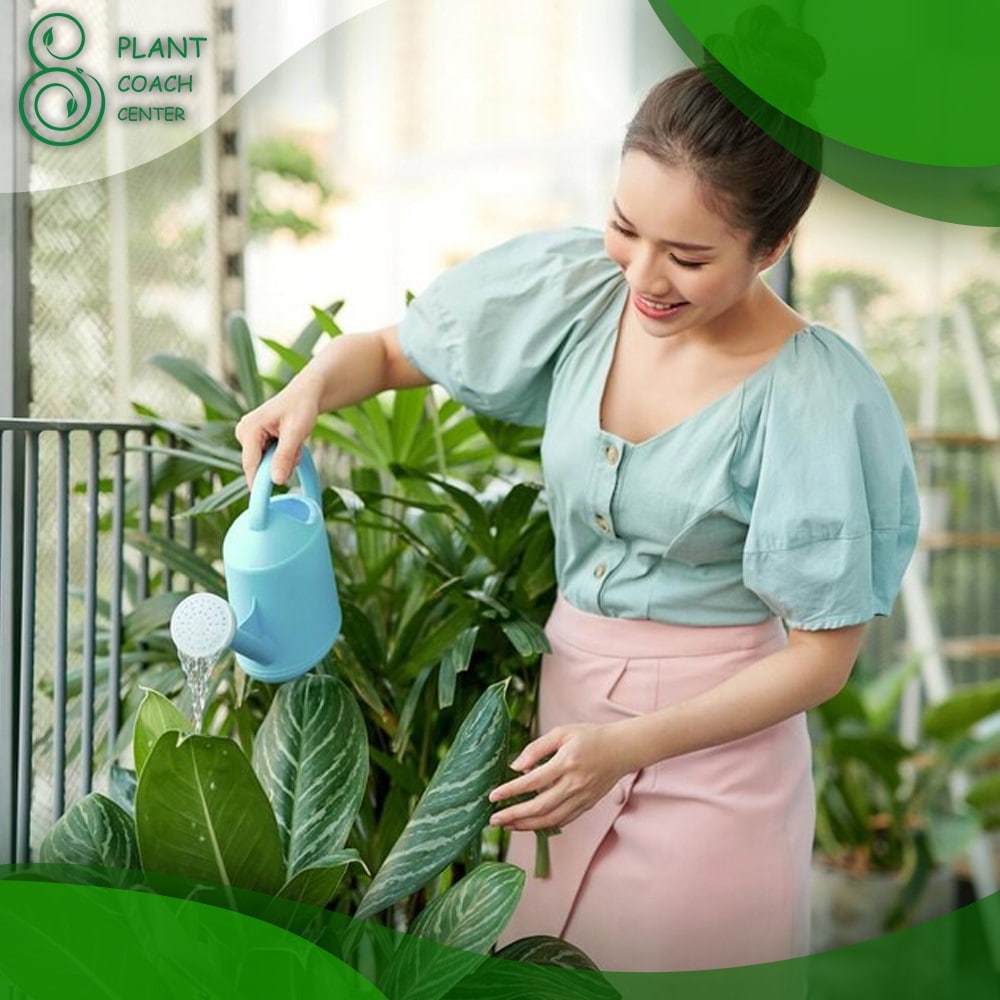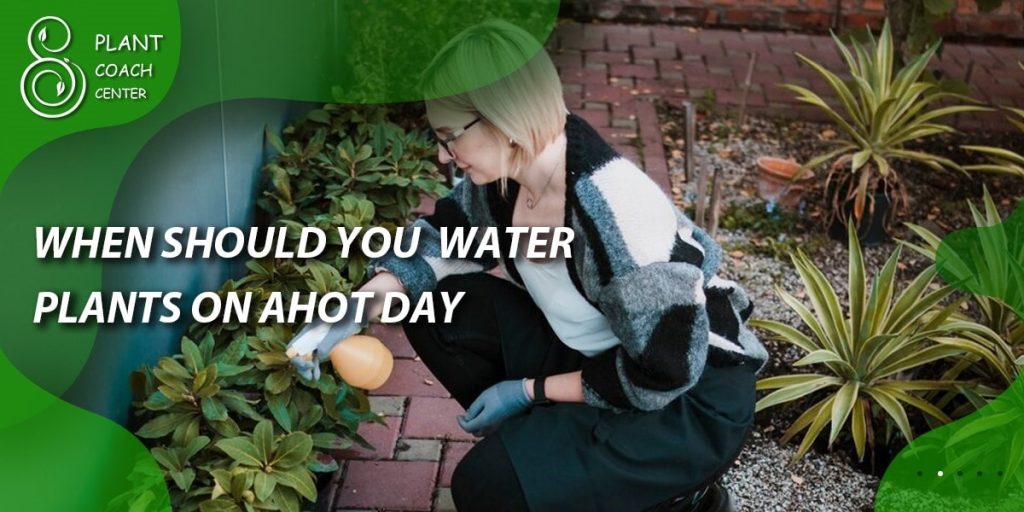When Should You Water Plants on a Hot Day
Gardening is not just about planting seeds and waiting for them to grow. It requires a keen understanding of the various factors that influence plant growth, one of which is watering. One question that often perplexes gardeners, especially during the summer, is “when should you water plants on a hot day?” Timing your watering correctly can make a significant difference for your plants, especially when temperatures are high.
This article, brought to you by plantcoachcenter.com, will dive into the science of plant hydration and provide some expert tips on how to keep your plants happy and healthy on hot days.
Understanding Plant Watering Basics
The Relationship between Heat and Water Needs
Heat and water are two interconnected aspects of plant care. As temperatures rise, so does the rate of evaporation, dehydrating the soil faster and increasing the water needs of your plants. However, watering is not as simple as saturating the soil with water. Overwatering can lead to waterlogged soil and roots, which can cause root rot and other diseases.
Signs of Overwatering and Underwatering
Understanding the signs of both overwatering and underwatering can help you regulate your watering schedule. Overwatered plants often have yellowing leaves, a sign of oxygen deprivation at the roots. The leaves of underwatered plants, on the other hand, tend to turn brown and crispy due to dehydration. Regularly checking your plants and adjusting your watering accordingly can prevent these issues.
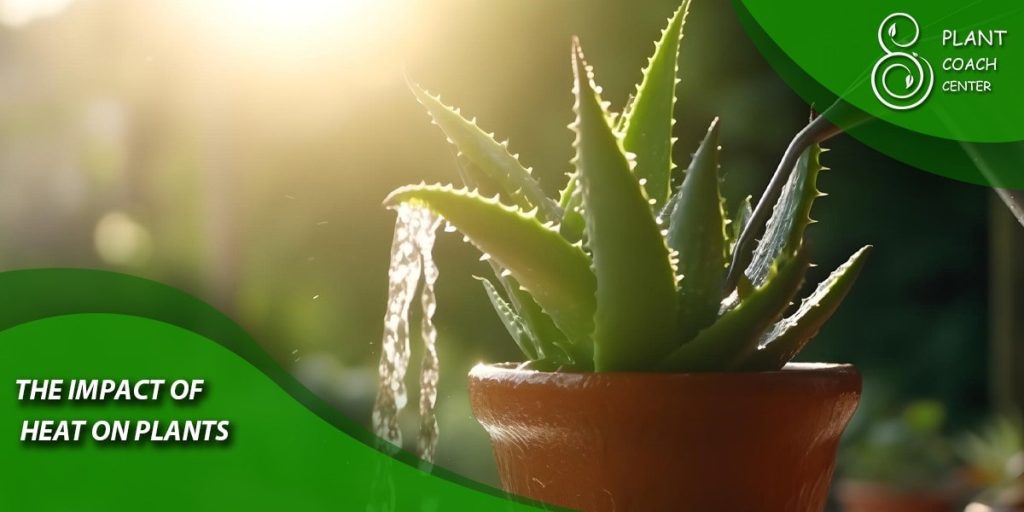
The Impact of Heat on Plants
How Heat Affects Plant Metabolism
Heat plays a key role in plant metabolism by facilitating photosynthesis, the process by which plants convert light into energy. However, too much heat can overstimulate this process, leading to wilting, leaf burn, and slowed growth.
The Role of Transpiration
Transpiration is the process by which water is carried from the roots to the rest of the plant before being released into the atmosphere. This process is crucial for nutrient transport, but it also increases with heat, leading to faster water loss.
Heat Stress in Plants
Heat stress occurs when a plant loses water faster than it can absorb it. This can lead to a variety of problems, including wilting, leaf scorch, and in severe cases, plant death. Recognizing and mitigating heat stress is an essential skill for any gardener.
Best Time to Water Plants on a Hot Day
Early Morning Watering
Watering in the early morning, before the heat of the day sets in, allows the water to reach the roots and be absorbed by the plant before evaporation rates increase. This provides the plant with the necessary hydration to withstand the heat.
Late Evening Watering
Watering late in the evening, after the sun has set, reduces evaporation. However, it can leave plants susceptible to diseases that thrive in damp, cool conditions, particularly if the water sits on the foliage overnight.
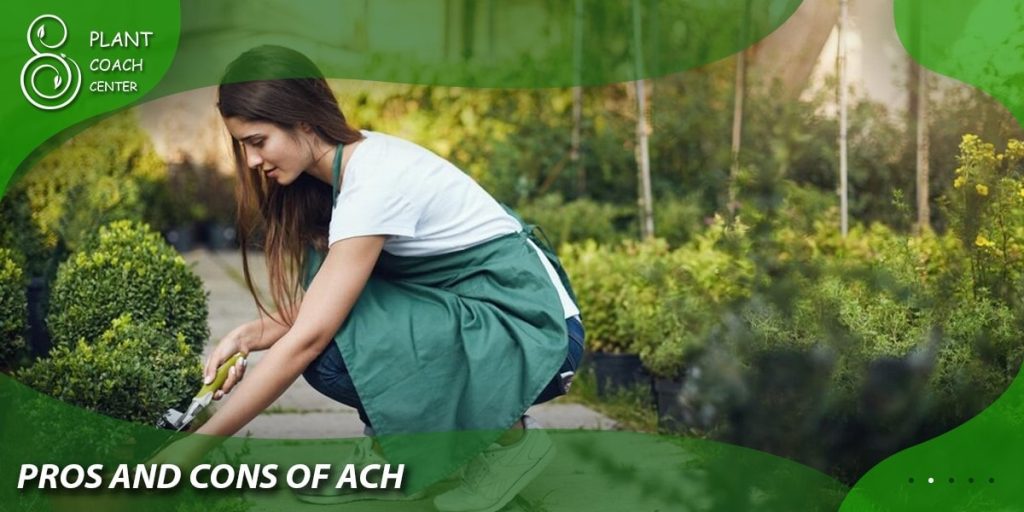
Pros and Cons of Each
Early morning watering is generally considered the best option, as it hydrates the plant for the day and minimizes disease risk. Evening watering can be a suitable alternative if morning watering is not possible, but care should be taken to water the soil, not the leaves.
Factors Influencing Plant Watering
Type of Plant
Different plants have different watering needs. For example, succulents and cacti are adapted to arid climates and require less frequent watering than tropical plants, which are used to high humidity and rainfall.
Soil Type
The type of soil also influences water retention. Sandy soils drain quickly and may need more frequent watering, while clay soils retain water for longer and can become waterlogged.
Sun Exposure
Plants in full sun will dry out faster than those in shade. Adjust your watering schedule accordingly to ensure that all your plants receive the necessary hydration.
Pot / Container Type
Pots and containers can heat up in the sun, increasing soil temperature and evaporation rates. Choosing pots made from insulating materials or moving pots to shadier locations can help keep your plants cool.
Special Considerations for Watering Plants during Heat waves
Adapting Your Watering Routine
During heat waves, you may need to water more frequently to counteract the increased evaporation. However, remember to check the soil moisture levels first to avoid overwatering.
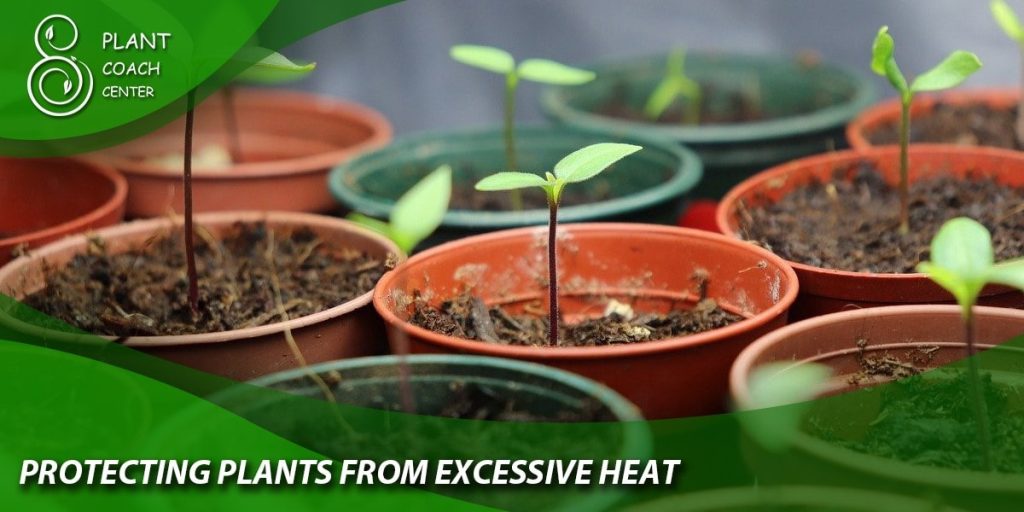
Protecting Plants from Excessive Heat
In addition to watering, you can protect your plants from heat stress by providing shade during the hottest part of the day, using mulch to keep the soil cool, and avoiding fertilizing, which can increase water consumption.
Expert Tips on Watering Plants
Watering Techniques to Conserve Water
Techniques such as drip irrigation and soaker hoses deliver water directly to the plant’s roots, reducing evaporation and conserving water. These methods are particularly beneficial during hot weather.
Hydrating your plants without overwatering them can be a balancing act, but it’s not impossible. Deep, infrequent watering encourages the development of deep root systems, making plants more resilient to drought. Watering should moisten the entire root zone, but allow the soil to dry out slightly before the next watering to prevent waterlogging.
Shielding the Greens: Quick Tips for Heat Protection
When summer temperatures soar, your garden can feel the heat. While watering is vital, it’s not the only strategy to help your plants survive and thrive amidst excessive heat. Protecting your plants from excessive heat involves more than just watering.
Use shade solutions like cloths or umbrellas to shield plants during peak heat. Apply organic mulch around the plant base to keep soil cool and retain moisture. Refrain from transplanting or pruning, which can stress plants further. Instead, opt for deep, less frequent watering to promote root growth. Lastly, consider planting heat-tolerant varieties for less maintenance during hot summer months. Each of these practices can play a crucial role in helping your plants withstand high temperatures.
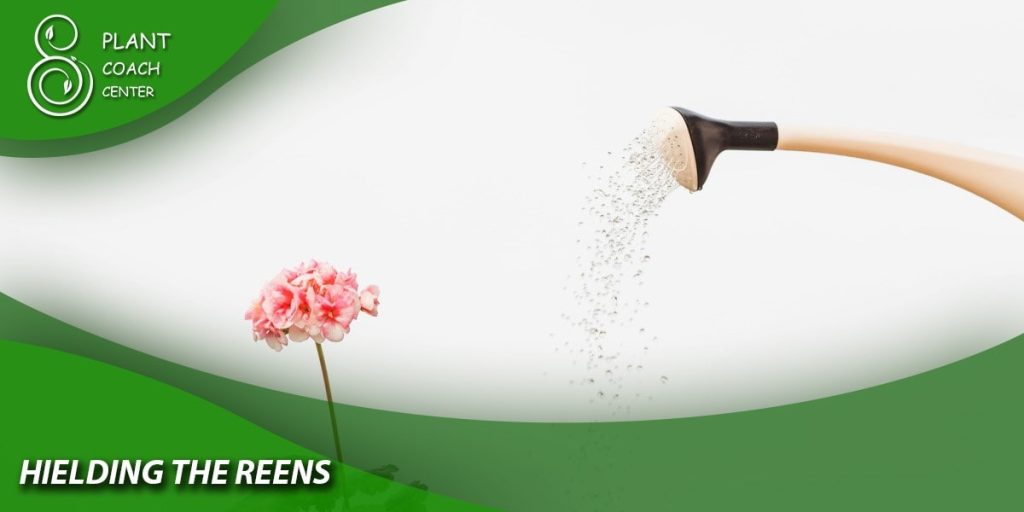
Conclusion
Understanding when to water your plants on a hot day can ensure their health and longevity. By considering factors like heat, soil type, and plant species, you can create an efficient watering schedule that keeps your plants hydrated without overwatering them.
Remember, each plant is unique, and what works for one might not work for another. Keep observing, learning, and adjusting your care routine, and you’ll have a thriving garden, even on the hottest of days. Visit us at plantcoachcenter.com for more plant care tips and advice.
When is the best time to water plants during a heat wave?
The best time to water plants during a heat wave is early in the morning before the heat of the day sets in.
How does heat affect the water needs of my plants?
As temperatures rise, so does the rate of evaporation, increasing the water needs of your plants.
What are the signs of overwatering and underwatering?
Overwatered plants often have yellowing leaves due to oxygen deprivation at the roots. The leaves of underwatered plants turn brown and crispy due to dehydration.
How can I protect my plants from excessive heat?
You can protect your plants from heat by providing shade during the hottest part of the day, using mulch to keep the soil cool, and avoiding fertilizing, which can increase water consumption.
What watering techniques can help conserve water?
Techniques such as drip irrigation and soaker hoses deliver water directly to the plant's roots, reducing evaporation and conserving water.
How can I hydrate my plants without overwatering them?
Deep, infrequent watering encourages deep root systems, making plants more resilient to drought. Allow the soil to dry out slightly before the next watering to prevent waterlogging.


